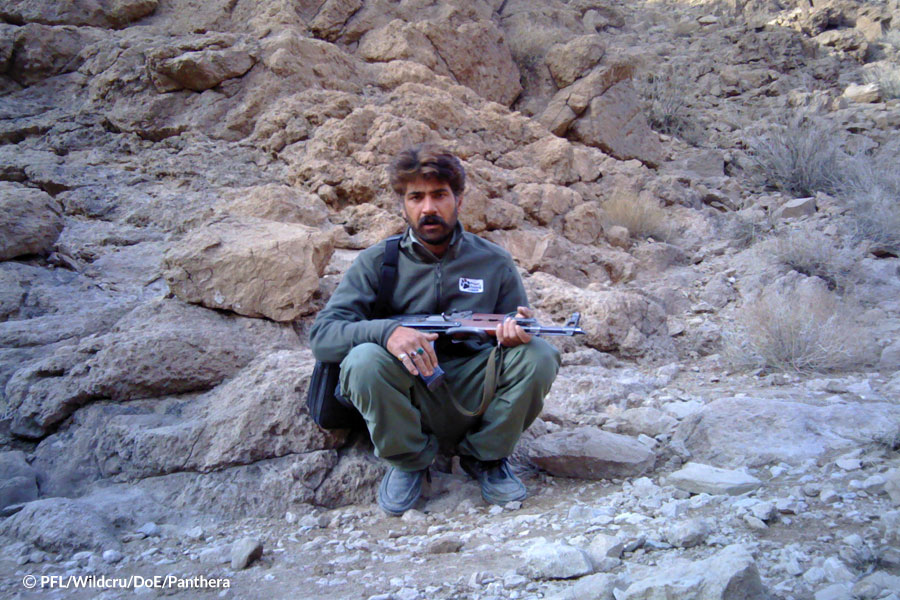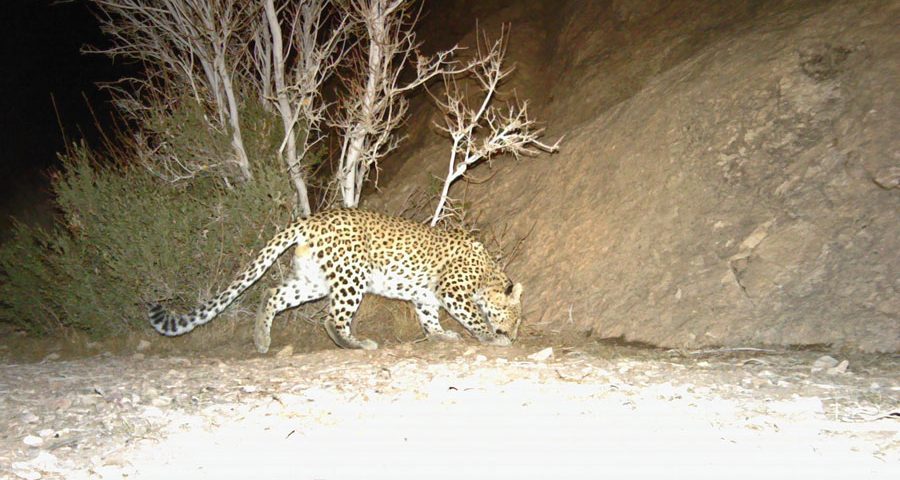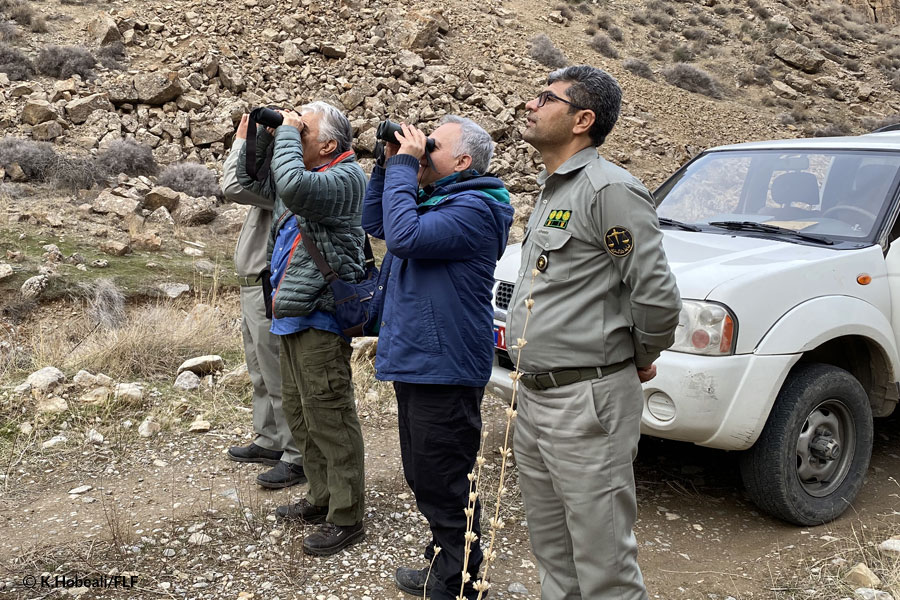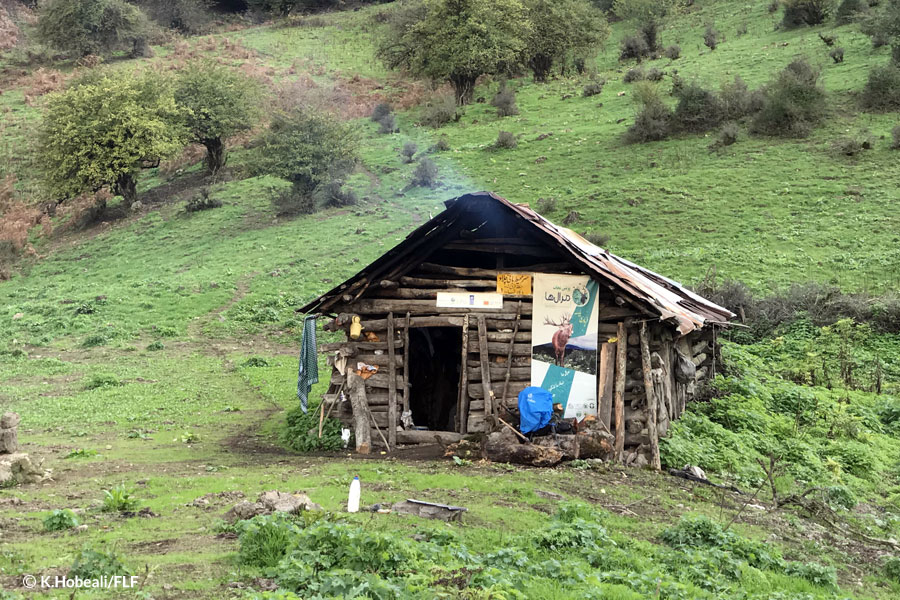
Fleece jacket for rangers
March 10, 2017
Wolves colonizing a land of the leopards
April 14, 2017A recent camera trapping survey in Bafq Protected Area provided an updated understanding about leopard population trends and demographics. During an intensive camera trapping study in partnership with Panthera and Bafq Department of Environment, eight individuals were identified, including two families with a total of three cubs.
Camera traps were deployed in more than 60 stations throughout the reserve as well as nearby mountains for three months and checked regularly. Besides leopard; wolf, caracal, wild cat and several fox species were also photographed. Sadly, no Asiatic cheetah was photographed in the area, which is the first time that the species was not captured since 2000. Surprisingly, grey wolf was found more widespread than before in several stations. Wolves are perceived to avoid areas with high density of leopards due to competition over food.
With an area of 850 km², Bafq Protected Area is an arid mountainous reserve in central Iran and a hotspot for endangered Persian leopard. In 2011, following the first population survey led by Iranian Cheetah Society (ICS) using camera traps, a total of 11 individuals were recognized. Since 2016, the Future4Leopards Foundation has worked closely with local stakeholders through enhancing anti-poaching efforts and community education. In November 2016, the Foundation afforded renovation of a Yamaha trail motorbike to be used by rangers and more than 450 local households have received a leopard wall calendar by March 2017.





